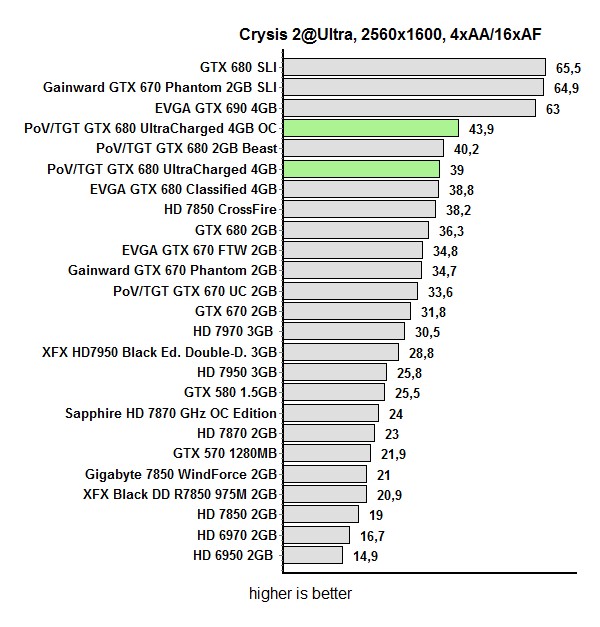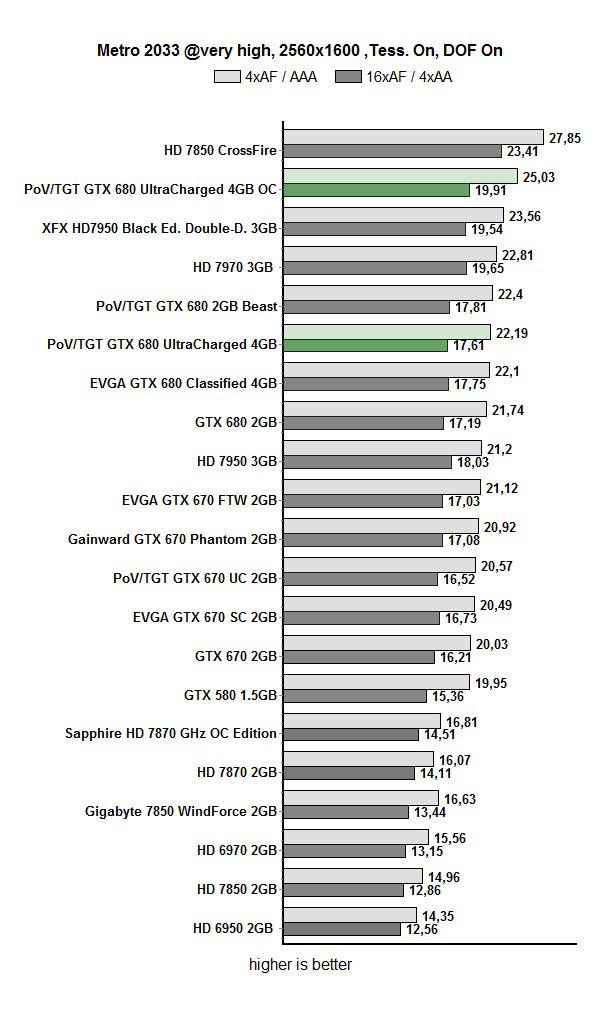Index
We must admit that we had great expectations when it comes to overclocking, since TGT claims it used handpicked low leakage chips. Such chips do better with auto overclocking and tend to deliver higher maximum clocks, but should provide superior overclocking headroom as well.
Overclocking the memory was quite interesting, seeing as how the card has 4GB of memory. Naturally, doubling the number of memory chips doubles the chance of one of them turning out overclocking unfriendly, but luckily, all of them ran flawlessly, even after our 225MHz overclock (900MHz effectively).
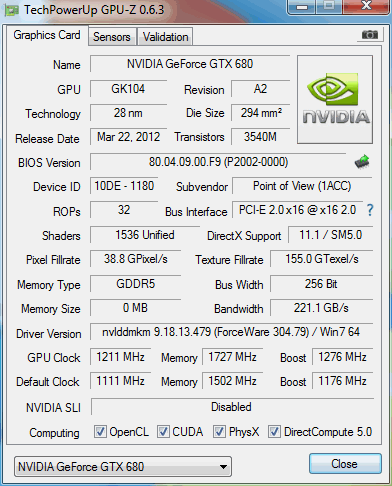
We’ve noticed that the Power Target is a bit higher than on the reference design, but the voltage was left at reference values.
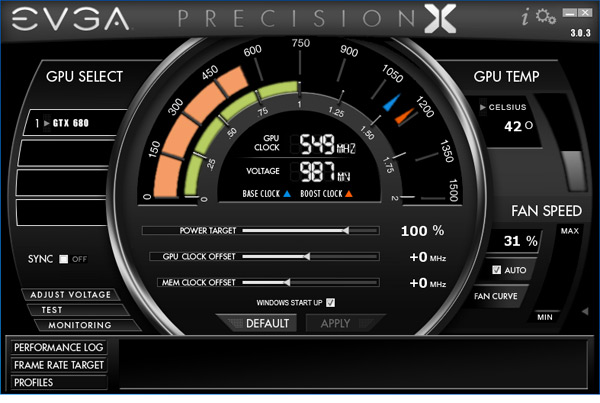

Before we move on, we should say that we left the fans in AUTO mode. The cooler ran so well that there was simply no need for it and the fans remained quiet even after our overclocking. Thermal throttling occurs at above 79°C, but the GTX 680 Ultra Charged never exceeded 72°C – that’s right, not even after overclocking.
Squeezing out maximum clocks, and in turn performance, from the GK104 requires a lot of attention. Below is a clear example of when to use the Power Target slider.
Once we overclocked the GPU by +70MHz, we noticed that auto-overclocking figures tend to oscillate somewhat, as you can see on the picture below. Quality GPU and cooling prevent more serious changes but we chose to stabilize the clocks by dragging the Power Target slider far right, allowing for maximum TDP. It worked and, as you can see from the second picture below, the GPU clock is nailed to 1269MHz.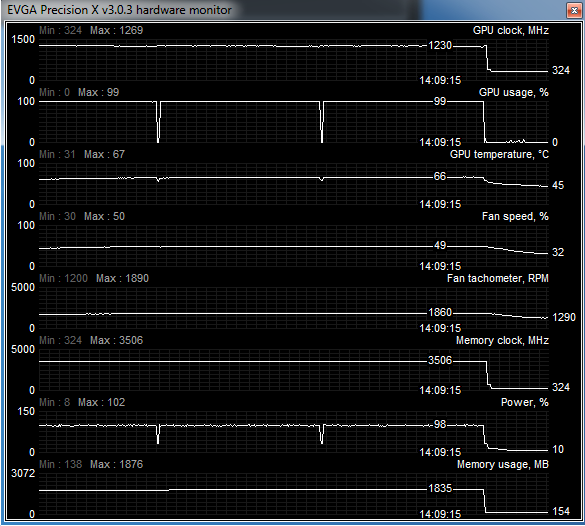
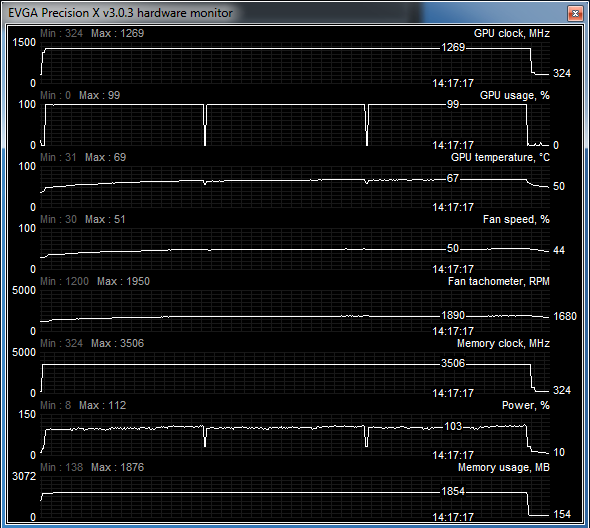
The next photo proves that TGT really chose low leakage chips. Not even 100MHz extra turned out too much for this card. The maximum auto-overclock was 1289MHz, and as you can see from the picture below, the GPU ran at this clock the entire time.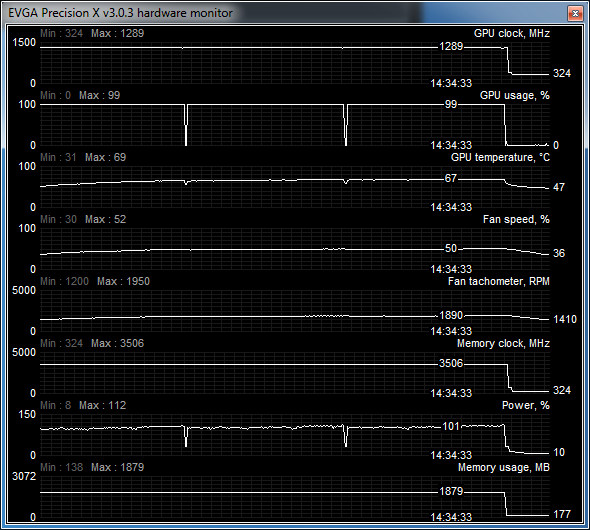
We didn’t have much time on our hands and thus couldn’t check, but we’re pretty sure you could squeeze out a bit more from this card.